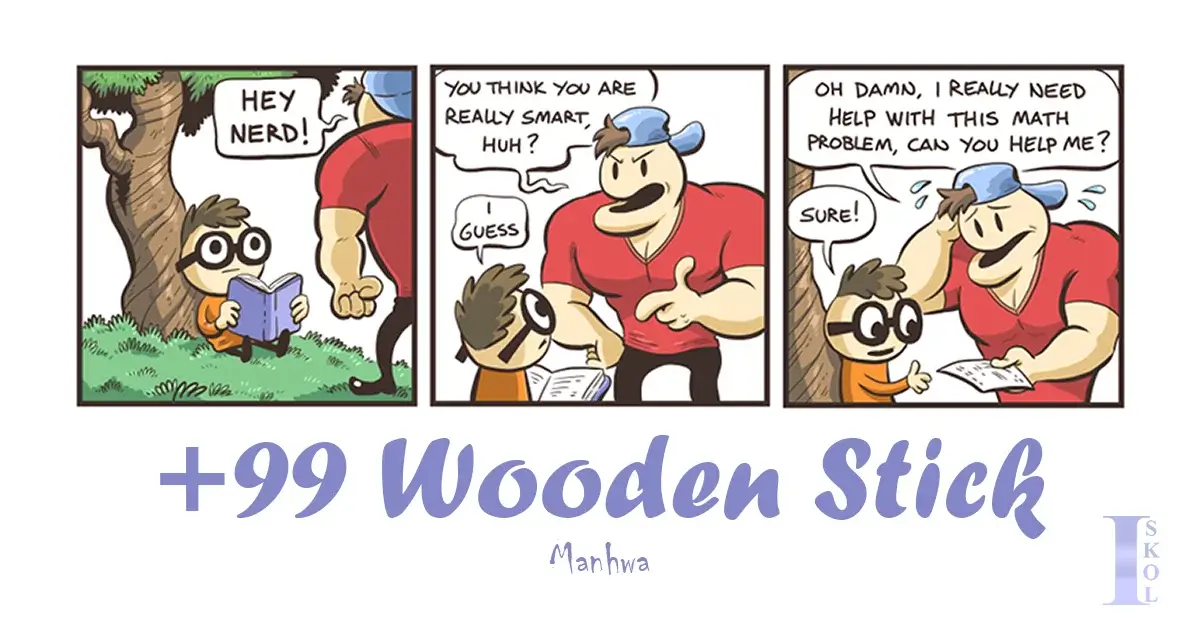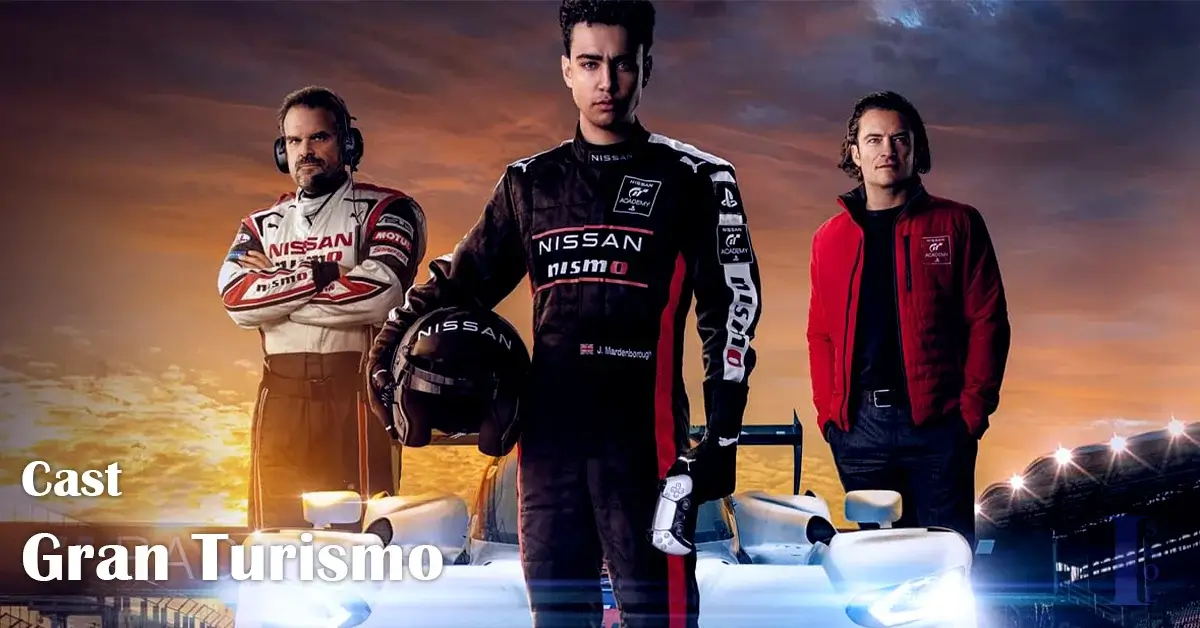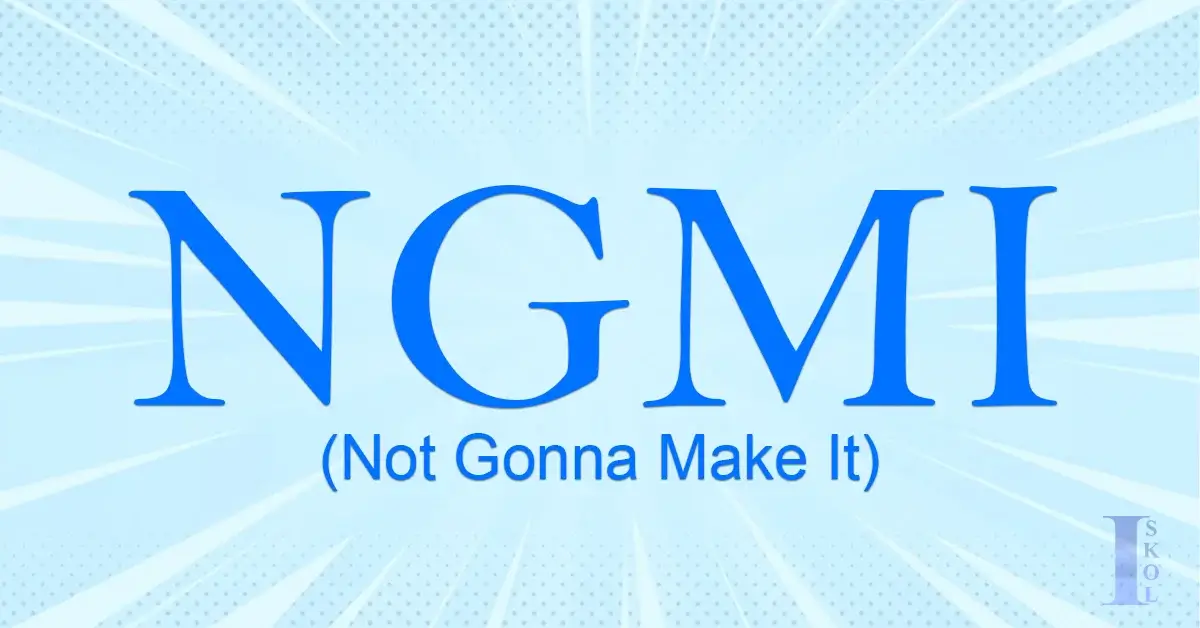The What and the Why of the TSA
The TSA – not to be confused with the airport security folks (though, both can make you sweat under the collar) – is a unique specimen in the standardised test kingdom. It’s like the platypus of exams – a bit odd, highly specialised, and distinctly British. Mainly utilised for various courses at the University of Oxford and Cambridge, along with a few other institutions, the TSA seeks to scrutinise not what you know, but how you think.
What Makes the TSA Stand Out
Unlike its rote-learning reliant cousins, the TSA doesn’t care much for your memorised facts about the War of the Roses or the intricacies of photosynthesis. It’s all about critical thinking and problem-solving skills. Imagine it as a test crafted by Sherlock Holmes, if he were more interested in your deductive reasoning abilities and less in your knowledge of London’s foggy alleyways.
Navigating the TSA: Skills for Success
Critical Thinking
This is your ability to play detective – to engage with arguments, identify their strengths and weaknesses, spot assumptions, and evaluate evidence. Picture yourself sifting through a pile of clues to discern which are red herrings and which will crack the case wide open.
Problem-Solving
Here’s where your inner mathematician meets your inner detective. You’ll be presented with numerical and spatial puzzles that require logical thinking and mathematical prowess to solve. Think of it as solving a Sudoku puzzle while blindfolded, using only your wit and a trusty abacus.
Section 1: The Critical Thinking Coliseum
1. Know Thy Enemy
These questions are designed not to test what you know, but how you think. Each question is a puzzle, a riddle wrapped in an enigma, dressed in Sunday’s best.
2. Practice Makes Less Imperfect
Grapple with as many practice questions as you can find. Like a knight training for a joust, the more you practise, the steadier your lance will become. Don’t just practise until you get it right; practice until you can’t get it wrong.
3. Timing is Everything
With just over a minute per question, time is a resource more precious than the liquid gold known as coffee. Keep a brisk pace, and if you stumble upon a question so puzzling it might as well be written in ancient Sumerian, remember, it’s not a defeat to skim past it and return with the might of hindsight.
4. As for the “Good-Enough” Scale
In the grand amphitheatre of TSA, scores can indeed flit across a broad spectrum. Aim high, but remember – universities are not just looking for a number. They seek keen minds ready to grow. A score around 70 is quite competitive, though this legendary number can shift based on the tides of admission trends.
Section 2: Unleashing the Essay Within
Now, for this challenge under the tyranny of a ticking clock. Thirty minutes? Yes, indeed, and every second counts. Here’s how to unleash a compelling essay with the speed of Hermes himself:
1. Plan, Don’t Panic
Spend a good five minutes mapping your essay. Like an architect drafting blueprints for a new coliseum, sketch out your introduction, key points, and conclusion. This plan is your battle strategy – without it, you’re charging into war with a wooden spoon.
2. Argument Selection
When presented with the topics, pick the one that sparks an idea, not necessarily the one you know the most about. Think of it as choosing your steed for a race – you want the one that’s ready to run, not the one with the fanciest pedigree.
3. Be Opinionated but Grounded
Your essay should express a clear stance, much like declaring, “Tea is superior to coffee, and here’s why!” Support your arguments with logical reasoning, as if you’re convincing a room of caffeine addicts to switch their allegiance to tea.
4. Keep It Simple, Scholar
A clear, straightforward argument beats one that’s as convoluted as London’s Underground map. Remember, clarity is the jewel in your essay’s crown.
5. Conclude with Confidence
Your conclusion should stride into the room with the confidence of a peacock – it summarises your argument and leaves the reader with a final, thought-provoking sentiment.
The Compass and the Map
General Resources for TSA Mastery
Embarking on your TSA preparation without a map and compass is akin to navigating the Outback with nothing but a teaspoon. Equip yourself with:
- Official Practice Papers
These are like your treasure maps, revealing the format, style, and types of questions you’ll encounter. Hoard these papers like a dragon hoards gold.
- Critical Thinking Books
Pick up a few tomes on critical thinking and problem-solving strategies. It’s like training with ancient scrolls before a grand quest.
- Practice, Practice, and More Practice
The TSA is less about innate talent and more about honing your skills. Regular practice is like doing push-ups for your brain – it builds mental muscle and stamina.
Reviewing Your Bounty
Analysing Practice Test Results
- Identify Your Battles
After each practice test, plot your mistakes, like plotting points on a star chart. Are you consistently missing the mark in critical reasoning, or is problem-solving your nemesis?
- Understand Why You Walked the Plank
For each question you answered incorrectly, dive deeper than just understanding the right answer. Ask yourself why your chosen path led you astray. Did you misunderstand the question, or did you make an illogical leap?
- Sharpen Your Cutlass
Focus your studies on the weakest areas, but don’t neglect to polish your strengths. Balance is key, like a well-prepared ship ready for all conditions.
The Secret Compass of TSA Success
Mock Tests Under Timed Conditions
Test-taking is a performance art that requires not just knowledge, but also speed and precision under pressure. Practice as if you’re in the testing room, timed and all.
Form a Study Crew
Sometimes, two heads (or more) are better than one. A study group can offer mutual support, alternate perspectives, and the occasional push over rough tides.
Don’t Neglect Your Well-being
Remember, a well-fed, well-rested, and relaxed mind is your best weapon on the day of the test. Don’t sail into battle on an empty stomach, or worse, on an empty night’s sleep.
Kwik’s Brain-Boosting Banquet
His menu is like a smorgasbord of nutrients designed to put your neurons in the express lane. We’re talking avocados for healthy fats, blueberries for antioxidants, broccoli for vitamin K, dark chocolate for flavonoids, eggs for choline, green leafy vegetables for brain cell growth, salmon for Omega-3s, turmeric for inflammation, walnuts for neuroprotection, and water to keep everything running smoothly. Picture your brain donning a chef’s hat, juggling these ingredients into a culinary masterpiece that boosts memory, focus, and cognitive speed.
Test Anxiety Tackled with Tastiness
Anxiety is like that uninvited guest at your elegant dinner party, wreaking havoc and tipping over the wine glasses. The foods on Kwik’s list are like bouncers at the club door, keeping the peace and ensuring Mr. Anxiety keeps his distance. Omega-3s are particularly adept at managing stress levels, making salmon the 007 of this operation – smooth, effective, and good for the heart in more ways than one.
Staying Focused During the TSA
Imagine sitting down at the TSA, and instead of your brain flitting about like a butterfly in a garden, it’s more like a hawk zooming in on its target. Foods rich in antioxidants, healthy fats, and vitamins can essentially oil the gears of your cognitive machinery, enhancing focus and sharpening your mental acuity. It’s like equipping your brain with laser focus goggles.
A Spoonful of Humor
Now, I’d recommend adding a pinch of humour to your brain diet. Laughter, after all, is a great way to release tension, improve creativity, and keep your spirits high. It’s the sprinkle of chilli flakes on your avocado toast; it adds zest and keeps things interesting.
Personal Touches to the Brain Buffet
While Kwik’s menu is top-notch, don’t forget the power of a personalised touch. Variety is the spice of life, and incorporating a broad spectrum of fruits, veggies, nuts, and seeds can provide a wide array of nutrients to support brain health. And, never underestimate the power of a good hydration strategy; water is the elixir of life for your brain cells.
A Note on Mindful Munching
As you savour each bite, chew over problems and ponder puzzles, turning mealtime into a brain training session. Try using your non-dominant hand to eat; it’s a little trick that can enhance neural connections.
In essence, managing to blend Jim Kwik’s brain diet into your TSA study routine is like preparing a fine dining experience for your neurons. Enjoy each bite, relish in the cognitive feast, and watch as your test-taking abilities skyrocket, leaving test anxiety and focus woes as mere crumbs on the table of your academic achievements.
Remember, the TSA essay is less about displaying your knowledge of quantum physics and more about showcasing your ability to think critically, argue effectively, and communicate clearly under pressure. It’s your chance to paint with words, portraying a mind ready to tackle the intellectual rigours of university.










